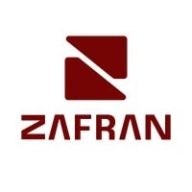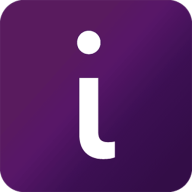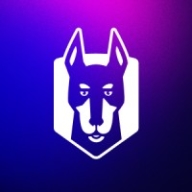


Acunetix and Snyk compete in the security testing category. Snyk holds the upper hand due to its ease of use, strong integration capabilities, and cost-effectiveness.
Features: Acunetix provides comprehensive vulnerability scanning, the ability to record login sessions for testing, and useful parameterization options for developers. It detects issues like SQL injection and cross-site scripting. Snyk, however, is recognized for its user-friendly interface, extensive integration with development tools, and its detailed vulnerability databases, complemented by Slack notifications and robust container security features.
Room for Improvement: Acunetix can improve its licensing model, scan configurations, and support for mobile and cloud environments. Reporting and bandwidth consumption management could also be enhanced. Snyk needs to expand language support and improve license compliance and integration options. Tailoring notifications and enhancing reporting to reduce false positives are suggested improvements.
Ease of Deployment and Customer Service: Acunetix is typically deployed on-premises, while Snyk focuses on cloud solutions offering scalability. Acunetix is lauded for its technical support but needs faster response times. Snyk's customer service is generally satisfactory, though quicker resolutions and clearer documentation are desired.
Pricing and ROI: Acunetix is seen as expensive with a complex licensing structure, which could increase costs for organizations with many sub-domains. Despite pricing concerns, users report improved security posture as an ROI. Compared to other solutions, Snyk is considered more affordable, offering flexible licensing based on users and targets, which enhances its appeal.



| Company Size | Count |
|---|---|
| Small Business | 15 |
| Midsize Enterprise | 5 |
| Large Enterprise | 14 |
| Company Size | Count |
|---|---|
| Small Business | 20 |
| Midsize Enterprise | 9 |
| Large Enterprise | 21 |
Zafran Security integrates with existing security tools to identify and mitigate vulnerabilities effectively, proving that most critical vulnerabilities are not exploitable, optimizing threat management.
Zafran Security introduces an innovative operating model for managing security threats and vulnerabilities. By leveraging the threat exposure management platform, it pinpoints and prioritizes exploitable vulnerabilities, reducing risk through immediate remediation. This platform enhances your hybrid cloud security by normalizing vulnerability signals and integrating specific IT context data, such as CVE runtime presence and internet asset reachability, into its analysis. No longer reliant on patch windows, Zafran Security allows you to manage risks actively.
What are the key features of Zafran Security?
What benefits can users expect from Zafran Security?
In industries where security is paramount, such as finance and healthcare, Zafran Security provides invaluable protection by ensuring that only exploitable vulnerabilities are addressed. It allows entities to maintain robust security measures while allocating resources efficiently, fitting seamlessly into existing security strategies.
Acunetix Web Vulnerability Scanner is an automated web application security testing tool that audits your web applications by checking for vulnerabilities like SQL Injection, Cross site scripting, and other exploitable vulnerabilities.
Snyk excels in integrating security within the development lifecycle, providing teams with an AI Trust Platform that combines speed with security efficiency, ensuring robust AI application development.
Snyk empowers developers with AI-ready engines offering broad coverage, accuracy, and speed essential for modern development. With AI-powered visibility and security, Snyk allows proactive threat prevention and swift threat remediation. The platform supports shifts toward LLM engineering and AI code analysis, enhancing security and development productivity. Snyk collaborates with GenAI coding assistants for improved productivity and AI application threat management. Platform extensibility supports evolving standards with API access and native integrations, ensuring comprehensive and seamless security embedding in development tools.
What are Snyk's standout features?Industries leverage Snyk for security in CI/CD pipelines by automating checks for dependency vulnerabilities and managing open-source licenses. Its Docker and Kubernetes scanning capabilities enhance container security, supporting a proactive security approach. Integrations with platforms like GitHub and Azure DevOps optimize implementation across diverse software environments.
We monitor all Application Security Tools reviews to prevent fraudulent reviews and keep review quality high. We do not post reviews by company employees or direct competitors. We validate each review for authenticity via cross-reference with LinkedIn, and personal follow-up with the reviewer when necessary.